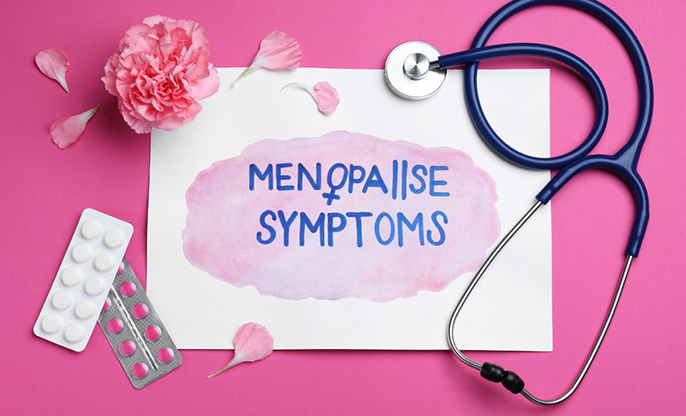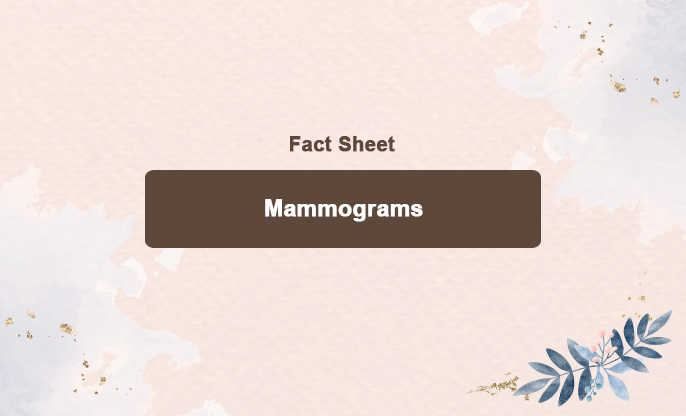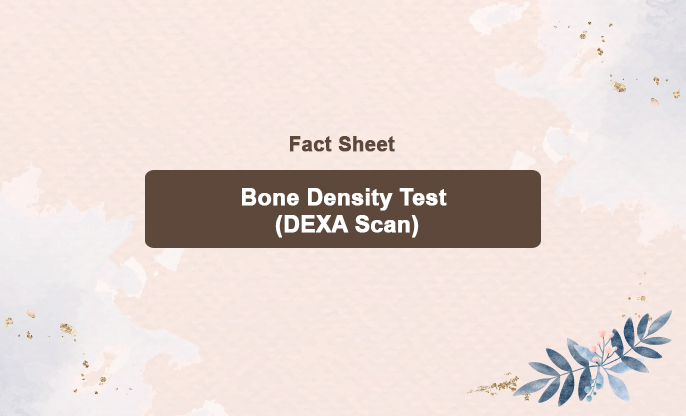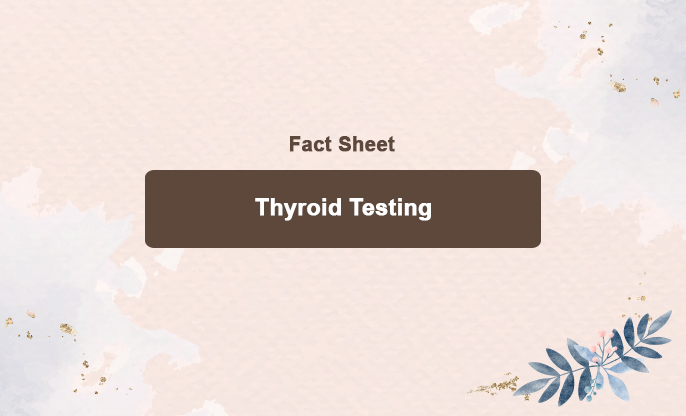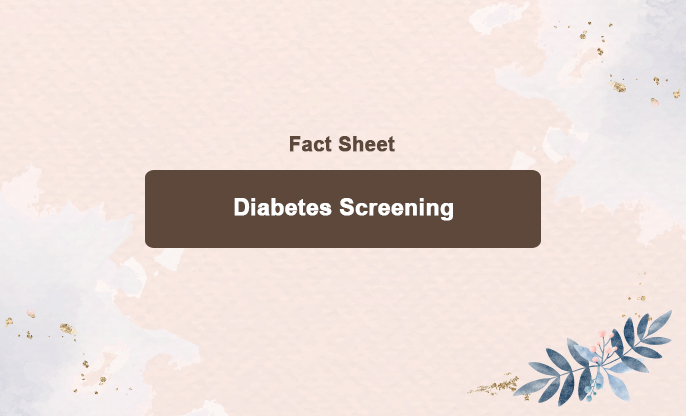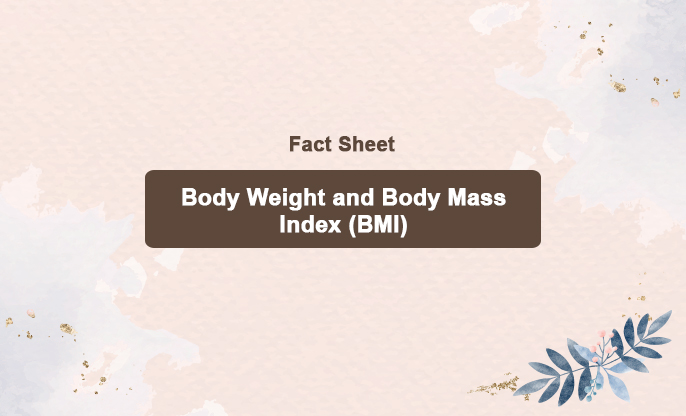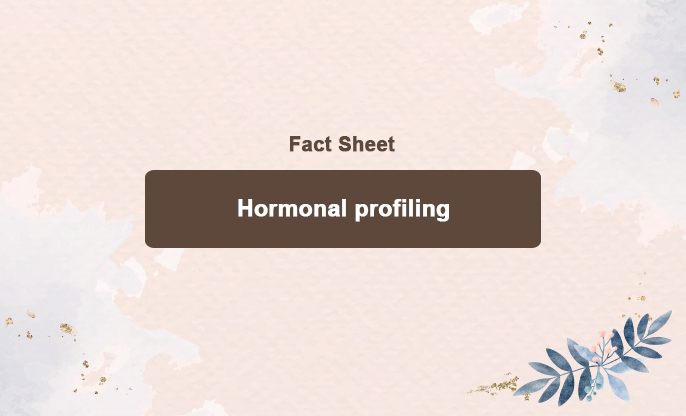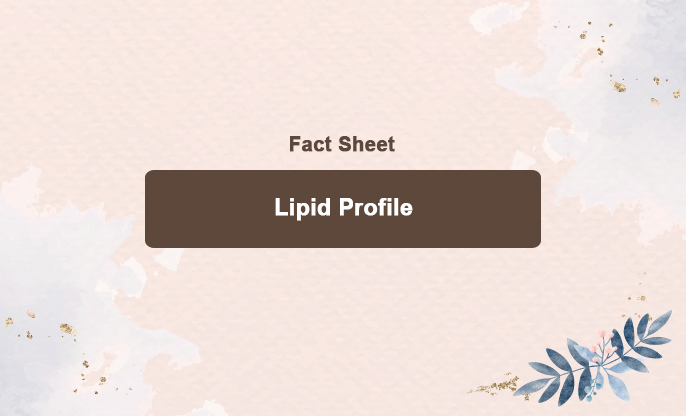
What is this test?
A lipid profile, also known as a lipid panel, is a blood test that measures the levels of lipids (fats) in your blood. It's used to assess your risk of cardiovascular disease. Here are the key components of a typical lipid profile:
Total Cholesterol: Measures the overall amount of cholesterol in your blood. High levels can increase the risk of heart disease.
Low-Density Lipoprotein (LDL) Cholesterol: Often referred to as "bad" cholesterol. High levels can lead to plaque buildup in your arteries and result in heart disease and stroke.
High-Density Lipoprotein (HDL) Cholesterol: Known as "good" cholesterol. It helps remove LDL cholesterol from your arteries. Higher levels are better.
Triglycerides: A type of fat found in your blood. High levels can increase the risk of heart disease.
Very Low-Density Lipoprotein (VLDL) Cholesterol: Another type of "bad" cholesterol. It carries triglycerides in your blood.
Normal Range for Lipid Profile (may vary slightly based on different guidelines and labs):
Total Cholesterol: Less than 200 mg/dL
LDL Cholesterol: Less than 100 mg/dL (Optimal)
HDL Cholesterol: 40 mg/dL or higher for men; 50 mg/dL or higher for women
Triglycerides: Less than 150 mg/dL
How is it done?
You may be asked to fast for 9-12 hours before the test. This means no food or drink, except water. Fasting helps to get accurate measurements, especially for triglycerides. A healthcare professional will draw blood from a vein in your arm, usually at the inside of your elbow or the back of your hand. This is done using a needle and a syringe or a vacuum-sealed tube.
Is this routine or specific?
It is commonly included in routine health check-ups, especially for adults over a certain age, to monitor cardiovascular health and detect potential issues early.
When should it be done?
It is recommended to have a lipid profile test every 4-6 years as part of a routine health check-up.
If you have conditions such as diabetes, high blood pressure, or cardiovascular disease, your doctor may recommend more frequent testing, possibly annually or more often.
What do the results indicate or eliminate?
The results of a lipid profile provide important information about your cardiovascular health. Here's what each component of the lipid profile indicates:
Total Cholesterol
Normal: Less than 200 mg/dL
Borderline High: 200-239 mg/dL
High: 240 mg/dL and above
Indicates: High total cholesterol can increase the risk of heart disease. It includes both LDL (bad) and HDL (good) cholesterol.
LDL (Low-Density Lipoprotein) Cholesterol
Optimal: Less than 100 mg/dL
Near Optimal/Above Optimal: 100-129 mg/dL
Borderline High: 130-159 mg/dL
High: 160-189 mg/dL
Very High: 190 mg/dL and above
Indicates: Higher levels of LDL cholesterol are associated with an increased risk of atherosclerosis and heart disease, as it can lead to plaque buildup in arteries.
HDL (High-Density Lipoprotein) Cholesterol
Low (Risk Factor for Heart Disease): Less than 40 mg/dL (men) or less than 50 mg/dL (women)
Normal: 40-59 mg/dL
High (Protective against Heart Disease): 60 mg/dL and above
Indicates: Higher levels of HDL cholesterol are protective against heart disease as it helps remove cholesterol from the bloodstream.
Triglycerides
Normal: Less than 150 mg/dL
Borderline High: 150-199 mg/dL
High: 200-499 mg/dL
Very High: 500 mg/dL and above
Indicates: High triglyceride levels can increase the risk of heart disease and may be a sign of metabolic syndrome, which includes high blood pressure, high blood sugar, and obesity.
Additional Indicators:
Total Cholesterol/HDL Ratio: This ratio helps to evaluate the risk of heart disease. A lower ratio indicates a lower risk.
Non-HDL Cholesterol: Calculated as total cholesterol minus HDL cholesterol. It represents all the "bad" types of cholesterol.
What the Results Can Indicate or Eliminate:
Risk of Cardiovascular Disease: High levels of LDL and triglycerides and low levels of HDL indicate a higher risk.
Effectiveness of Treatment: Monitoring changes in lipid levels can help assess how well treatments like medications or lifestyle changes are working.
Potential Metabolic Issues: Elevated triglycerides can point to conditions like metabolic syndrome or diabetes.








